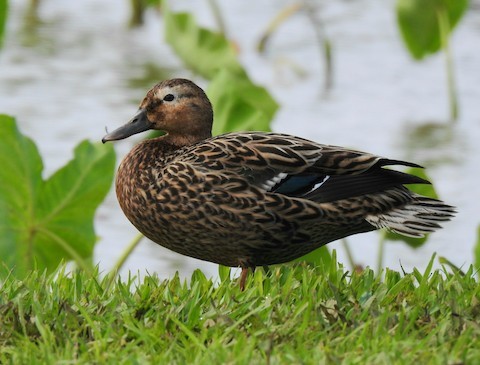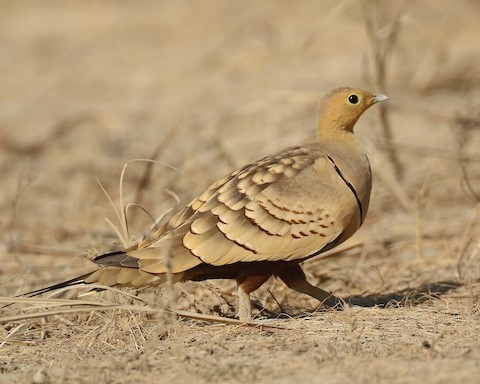Waimea, Big Island, Hawaii
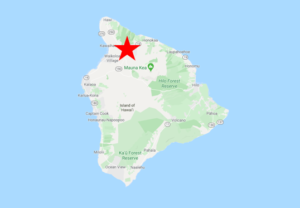
The Big Island’s agricultural center, Waimea, is notable for two scarce species—Hawaiian Duck and Japanese Quail—that have been found repeatedly, though not often, along its back roads. Tucked away in the northern interior of the island, not adjacent to any beach, mountain, or lava flow, Waimea receives little attention from most tourists. However, its low profile and central location make it a convenient base for exploring many of the Big Island’s highlights.
Orientation
Directions
Waimea is in the northern interior oof the Big Island, approximately one hour’s drive (40 miles) northeast of Kailua-Kona, or an hour and fifteen minutes (60 miles) northwest of Hilo.
From Kailua-Kona. There are two roughly equidistant routes from Kailua-Kona. To follow the coast, take Route 19 approximately 40 miles to Waimea. Alternatively, the interior route is the Mamalahoa Highway (Route 190), which is also approximately 40 miles from Kailua-Kona to Waimea.
From Hilo. There are also two roughly equidistant routes from Hilo. To follow the coast, take Route 19 north out of Hilo and follow it for approximately 60 miles to Waimea.
To take the interior route, from Hilo’s airport, turn left (south) onto Kanoelehua Avenue, go one mile, turn right (west) onto Puainako Street (Route 2000). Remain on Puainako through its dogleg intersection with Komohana Street at the University of Hawaii – Hilo Campus, then continue west on Puainako which departs Hilo and becomes Saddle Road. Approximately 54 miles from the university, you will reach Waimea.
Birdfinding
Waimea’s main points of interest for birds are a handful of ponds where Hawaiian Duck can sometimes be found and fields where various open-country birds occur.
Mana Road Pond. From the center of Waimea, the junction of Lindsey Road and Mamalahoa Highway, go east on Mamalahoa for 2.1 miles, then turn south onto Mana Road. After 0.3 miles, a seasonal pond will be visible on your left. Over the years, this pond has occasionally hosted Hawaiian Ducks, accounting for most of the local records in recent years. They have appeared at all seasons, and are likely much more regular than records indicate.
Pu’ukapu Reservoir. For another spot that has sometimes produced Hawaiian Duck sightings, continue east on Mamalahoa for 2.3 miles past Mana Road, turn south onto Kipu’upu’u Street. Park before reaching the buildings, and walk 100 m east on the dirt road. This vantage point gives a partial view of the northern half of Pu’ukapu Reservoir. A view of the southern half requires some additional walking around the perimeter.
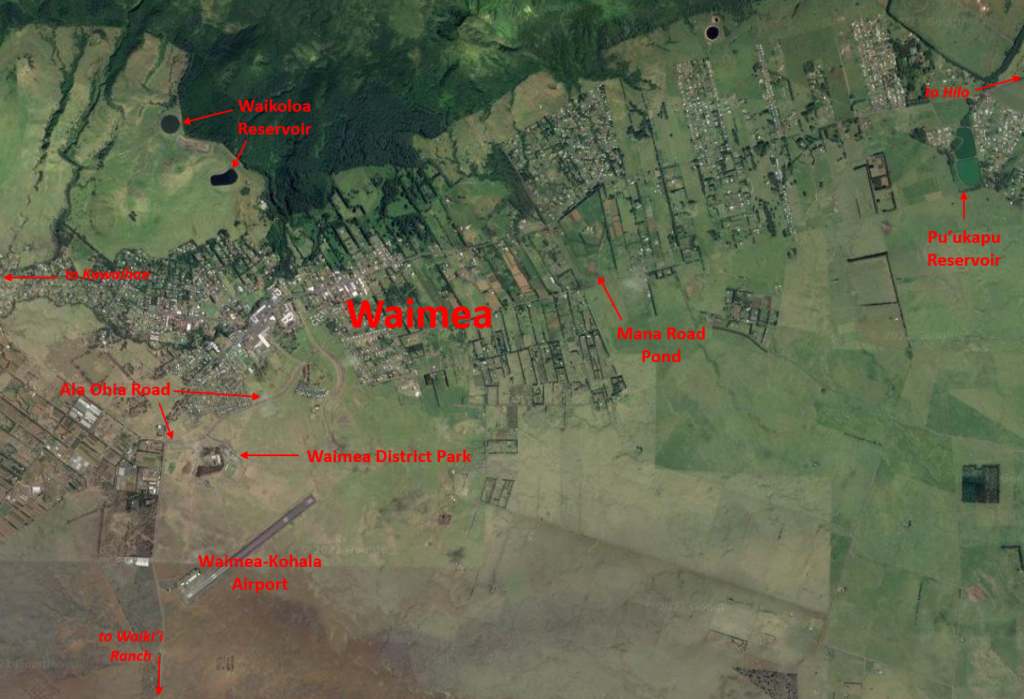
Waikoloa Reservoir. In the hills above Waimea, a significant portion of the local water supply is held in a series of ponds along Waikoloa Stream. Both the stream and the ponds have produced sightings of Hawaiian Duck. Access to the reservoir area is restricted, but it may be worthwhile asking for permission to enter the property.
From the junction of Lindsey Road and Mamalahoa Highway, take Lindsey Road two blocks north, turn right onto Kapiolani, and take it to its end, a right-angle junction with Spencer Road. After turning left onto Spencer, turn right at the first opportunity. This road follows Waikoloa Stream uphill, reaching the reservoir property in about a half-mile.
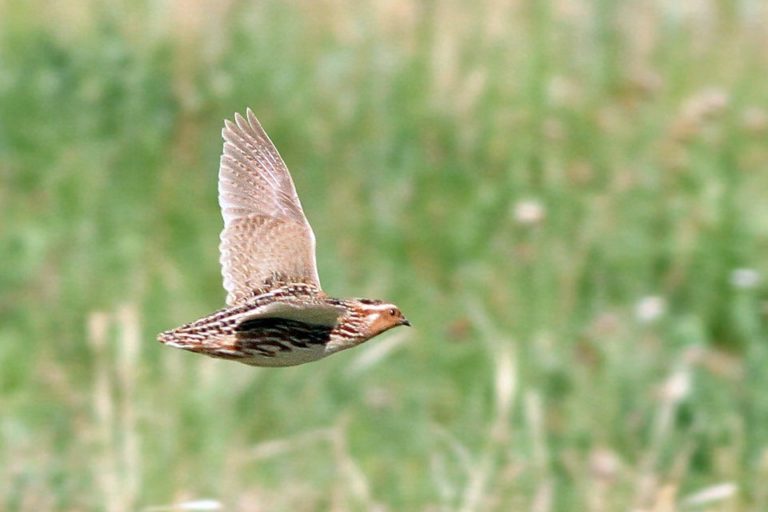
Male Japanese Quail in breeding plumage. © Jeremiah Trimble
Ala Ohia Road. On the south side of Waimea, just north of the Parker Ranch headquarters, Ala Ohia Road cuts through grassy fields that sometimes harbor Japanese Quail. In some years, the quail apparently breed in this area and males sing on territory, especially at dawn and dusk.
About 0.3 miles from the western end of Ala Ohia Road, turn south onto Makana Aloha Place to reach Waimea District Park. The park’s fields have produced many sightings of Chestnut-bellied Sandgrouse.
Waimea-Kohala Airport. Another location that has often produced sightings of Chestnut-bellied Sandgrouse, and occasionally also Japanese Quail, is the airport, which is beside the Mamalahoa Highway about one mile south of Ala Ohia Road. Species more often seen around the airport include Black and Gray Francolins, Pacific Golden-Plover, and Eurasian Skylark.
Waiki’i Ranch. Farther south of Waimea, en route to Pu’u La’au, the northern section of Saddle Road passes through the Waiki’i Ranch, which has been a traditional drive for birdwatchers. It is especially reliable for California Quail, Black Francolin, Common Pheasant, “Hawaiian Short-eared Owl”, and Eurasian Skylark. Chukar, Chestnut-bellied Sandgrouse, and Mourning Dove have been seen more sporadically.
To reach the ranch from Waimea, continue on the Mamalahoa Highway for 4.5 miles south of the airport and fork left onto Saddle Road. From this junction, it is about ten miles to the Kilohana Girl Scout Camp and the road up to Pu’u La’au. This entire road segment can be productive for various open-country birds.
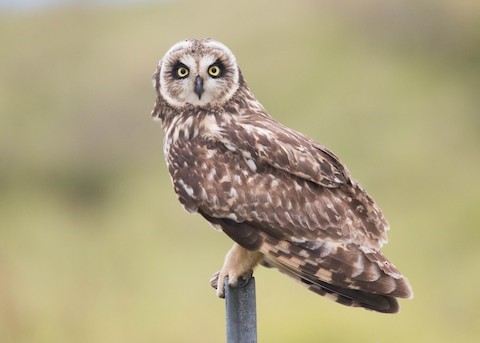
“Hawaiian Short-eared Owl” at Waiki’i Ranch. © Rudy Nuissl
Services
Accommodations
Reasonable options in Waimea include:
Waimea Country Lodge, 1-808-885-4100
Kamuela Inn, 1-800-555-8968
